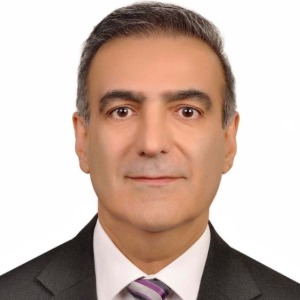Vitreous Disorders
The transparent gel filling the eye, the vitreous body, plays a critical role in ocular structure and retinal stability. However, with aging or trauma, it can undergo degenerative changes leading to vitreous disorders that significantly affect visual function. Conditions such as vitreomacular adhesion, posterior vitreous detachment, and hemorrhagic vitreous opacities are frequently encountered in clinical settings. Accurate differentiation of these disorders through high-resolution optical coherence tomography and ultrasonography allows clinicians to tailor treatment based on severity and anatomical findings. While conservative observation is often sufficient, persistent or vision-threatening cases may require surgical intervention such as pars plana vitrectomy. Researchers are now exploring pharmacologic agents to induce vitreolysis non-surgically, offering promising alternatives in selected cases. Ongoing studies are also focusing on the molecular mechanisms of vitreous degeneration, aiming to develop future therapies that address the condition at its root rather than only managing symptoms.

Tim Jackson
King’s College London, United Kingdom
Shadrokh Nabili
University Hospitals of Morecambe Bay NHS Foundation Trust, United Kingdom
Anna Maria Bassi
University of Genoa, Italy
Pio Conti
University of Chieti, Italy
Gowhar Ahmad
Florence Hospital Srinagar, India
Hyungju Park
Gangnam Tokyo Eye Clinic, Korea, Republic of




Title : Rare and interesting case of Goldenhar’s syndrome in a 3 years old male child
Gowhar Ahmad, Florence Hospital Srinagar, India
Title : Management of common vitreoretinal lesions: An overview and update
Tim Jackson, King’s College London, United Kingdom
Title : Optimizing astigmatism management in refractive cataract surgery
Shadrokh Nabili, University Hospitals of Morecambe Bay NHS Foundation Trust, United Kingdom
Title : Comparative outcomes of a newly modified trabeculectomy versus conventional trabeculectomy
Hyungju Park, Gangnam Tokyo Eye Clinic, Korea, Republic of
Title : Lumevoq gene therapy in leber hereditary optic neuropathy
Magali Taiel, GenSight Biologics, France
Title : Intra orbital wooden foreign bodies: A retrospective study of 30 cases
Chandana Chakraborti, Regional Institute of Ophthalmology, Medical College & Hospital, India